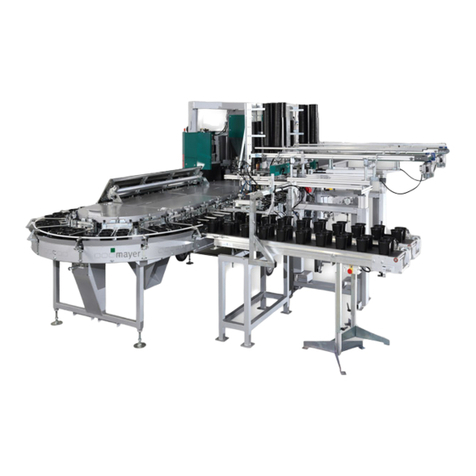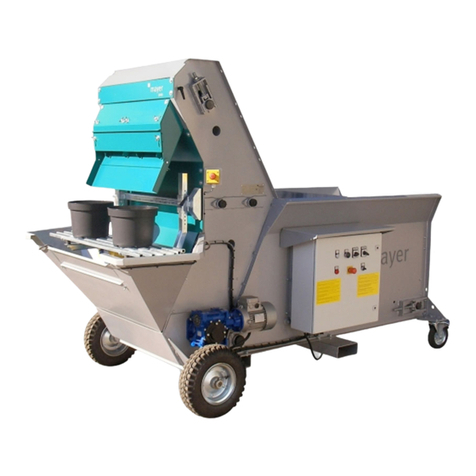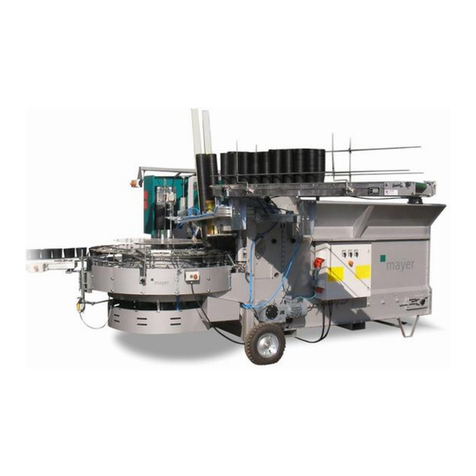2 General safety instructions
1. The operating organisation's duty
to take due care
The MAYER 6160 Big Bale Breaker was designed
and built taking a danger analysis into consideration
and after careful selection of the harmonised
standards to be complied with as well as other
specifications. It therefore meets the state of the
art and guarantees a maximum degree of safety.
However, only if all the measures required for such
are taken can this safety be achieved in actual
operational practice. Planning these measures and
checking their implementation is subject to the
operating organisation's duty to take due care.
The operating organisation must in particular
guarantee that:
•… the machine is only used in accordance
with its intended use (cf. the Product
description section).
•…the machine is only operated when in
flawless working order and, especially,
that the working order of the safety
equipment is regularly checked.
•… the Operating Instructions are always
available in legible condition and complete
at the location where the machine is used.
•… only sufficiently qualified and authorised
personnel operate, service and repair the
machine.
•… these personnel are regularly instructed
about all relevant matters concerning
industrial safety and environmental
protection and that they know the
Operating Instructions and especially the
safety instructions they contain.
•… none of the safety and warning signs
attached to the machine are removed and
that all remain legible.
•Users must obligate themselves only to
ever operate the machine when it is flawless
condition. No unauthorised conversions or
alterations are allowed that influence the
machine's safety.
•Only when it has stopped, must any work
ever be carried out on the machine.
•Before beginning with any work on the
machine, secure its drives and accessory parts
against being switched on unintentionally.
•The protective devices may only be removed
when the machine has been stopped.
•Local safety and accident-prevention
regulations always apply to any operation of
the machine.
•The machine may not be started if any safety
devices are removed.































